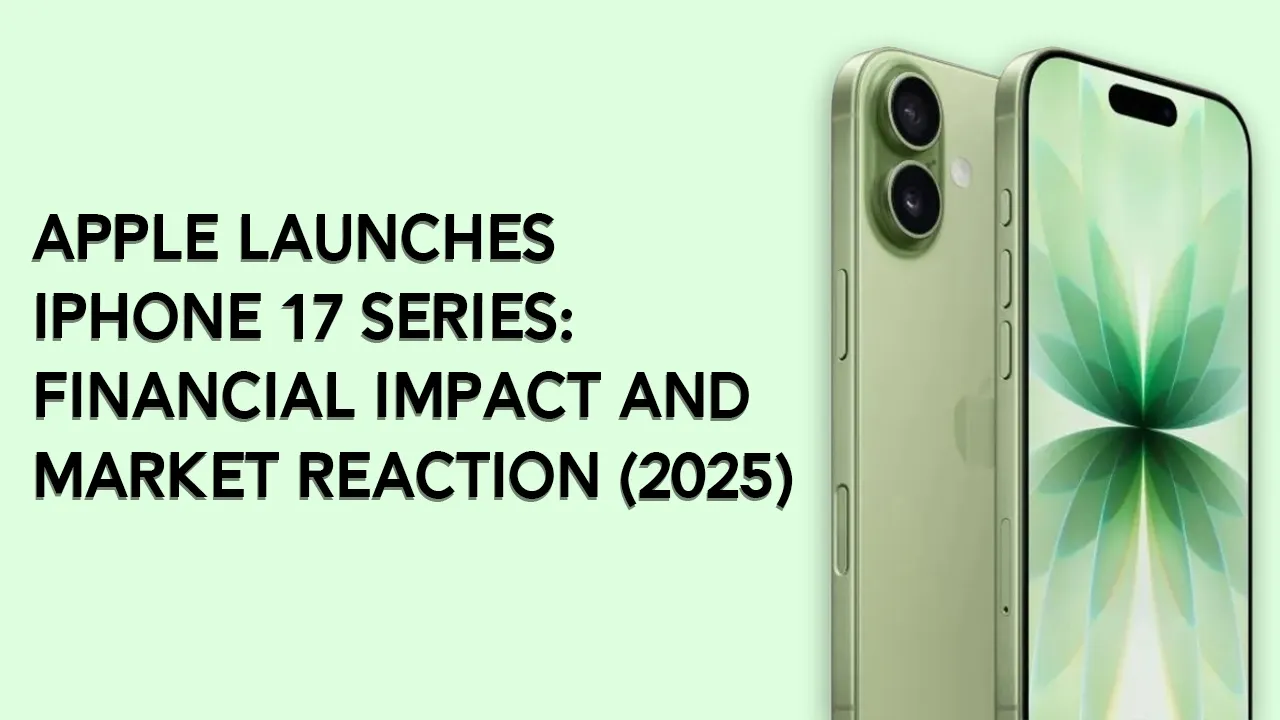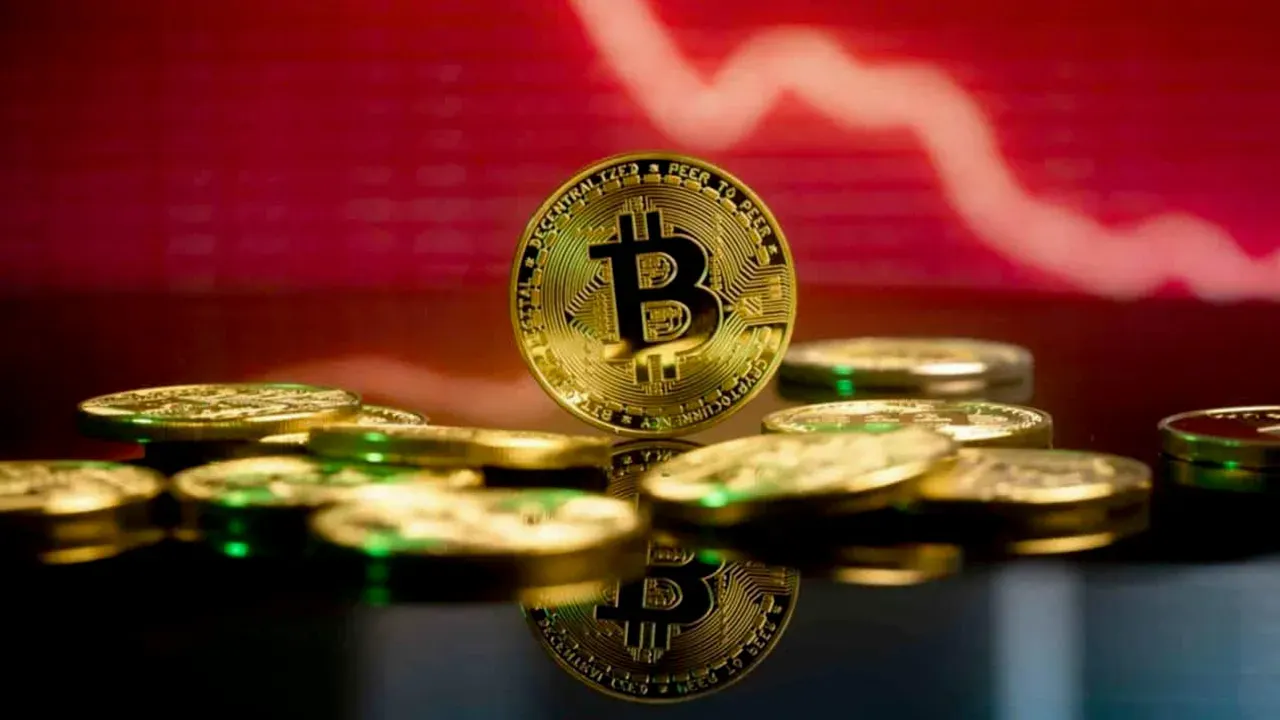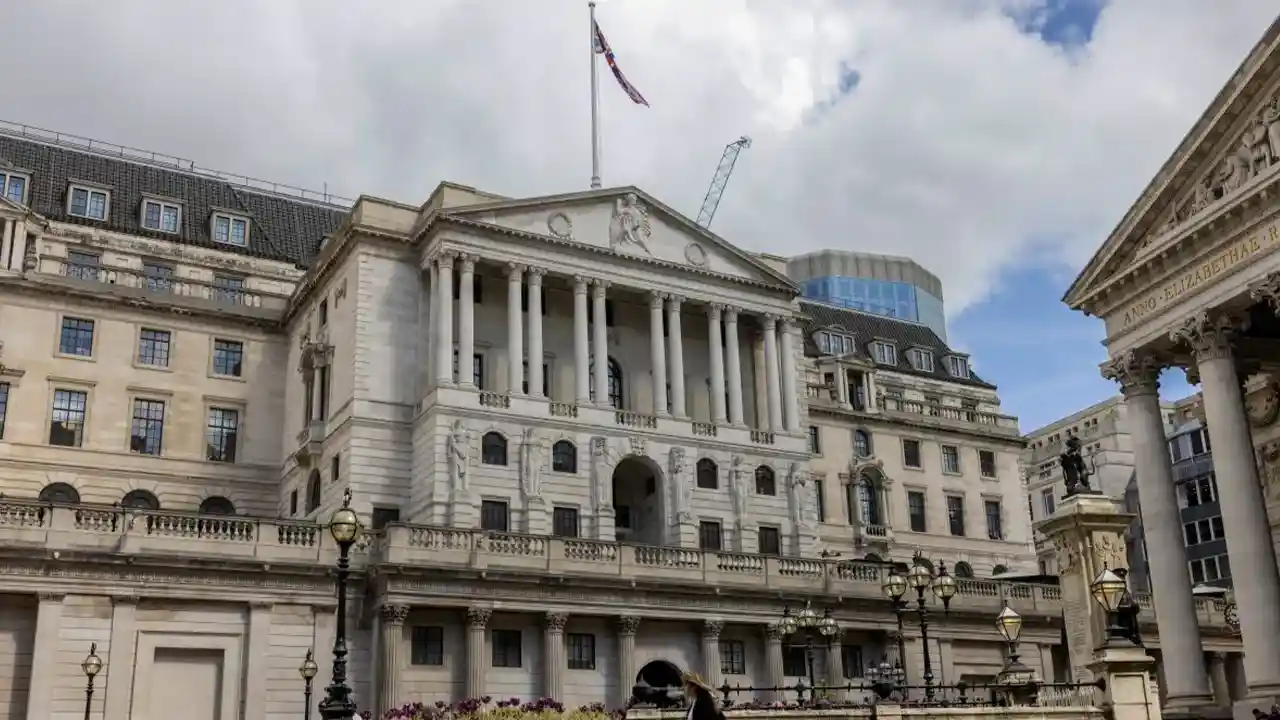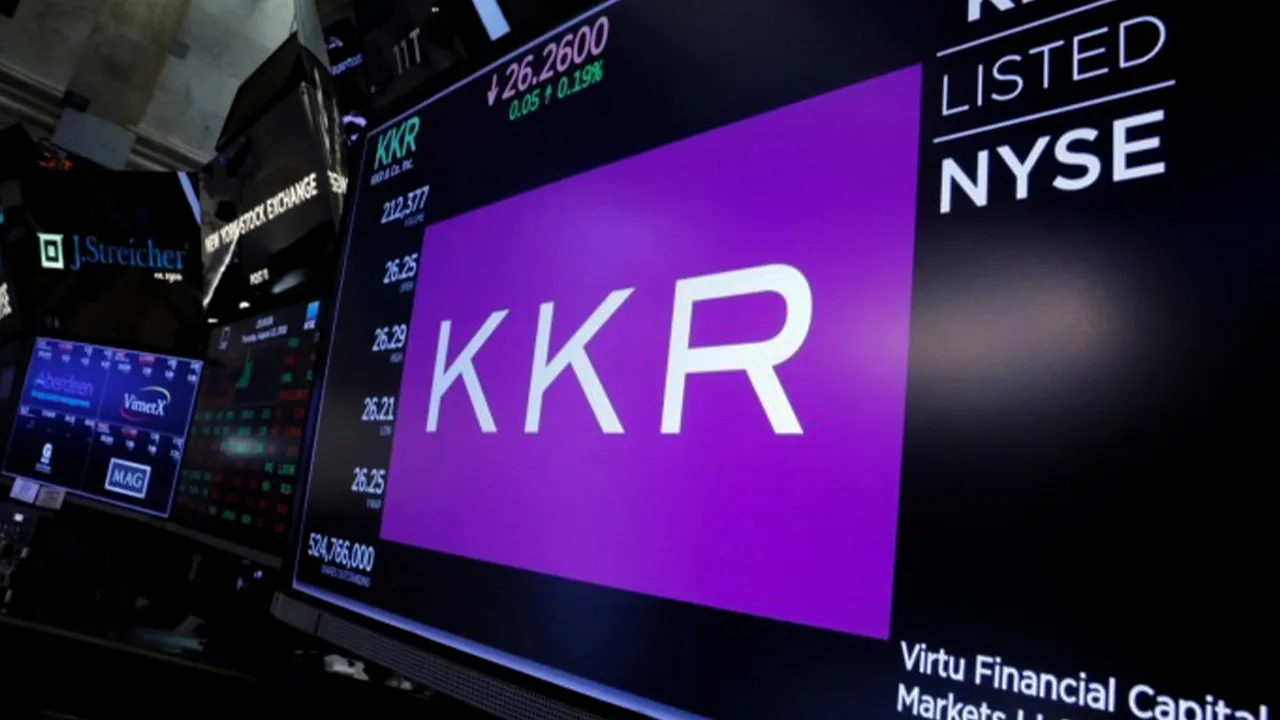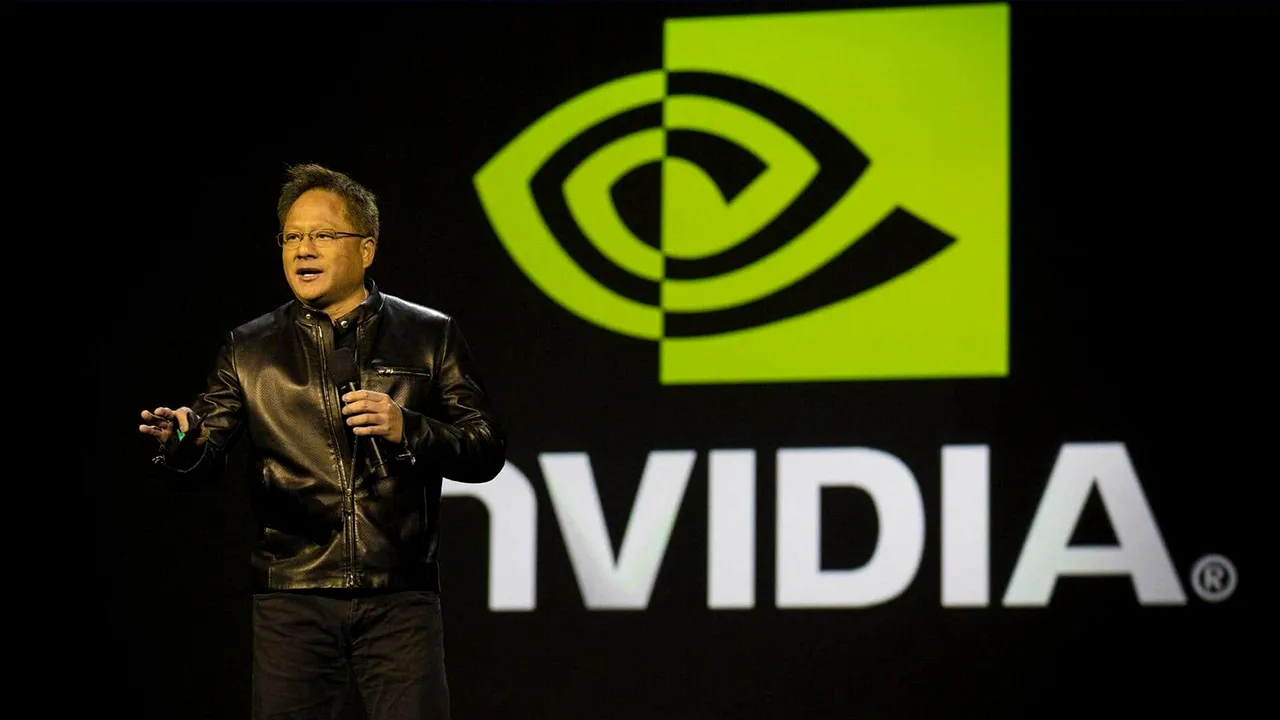Apple has finally announced its new iPhone 17 range in September 2025 with the iPhone 17 for those that are happy to stay away from any gimmicky features, the iPhone 17 Pro and the Pro Max, plus their new ultra-thin addition – the iPhone Air.
It’s a very important time for Apple when they added one-of-a-kind designs and updated technology with strategic pricing. In this article, we’ll talk about how these new models will impact Apple’s financials and investor emotions by answering what the future looks like for Apple in the highly competitive smartphone market.
Apple iPhone 17 Series Launched: Here are the Key Features and Innovations
Apple iPhone 17 series: What to expect The iPhone 17 series is set to come with major upgrades such as the A19 Pro chip for processing, a new titanium body frame for the iPhone Air models and an enhanced camera setup equipped with 48MP Fusion technology.
The iPhone Air is among Apple’s thinnest phones to date, with a slender profile and tough features like Ceramic Shield 2. Increased battery duration and iOS 26 compatibility also generate consumer interest.
Apple Revenue: What Will Be the Monetary Value of the iPhone 17 Release?
Apple leans heavily on its iPhone business, which accounts for close to two-thirds of its total revenue. Apples App A price increase of $50 to $100 on premium models such as the iPhone 17 Pro and Pro Max, the company sees a strong upgrade cycle with a large base of clients who have phones that are four years old or more.
It predicts a 3.5% increase in iPhone 17 shipments compared with those of the iPhone 16 series “and continues to drive growth through innovation and diversified products and markets.”
Market Reaction and Investor Sentiment at Release

Wall Street gave a mixed reaction to the iPhone debut. Shares fell on launch day by about 1.5%, as investors that had both seen leaked features and heard concerns over economic headwinds were tepid in their bets that the new offerings would be a hit with consumers.
Analysts anticipate a potential near-term selloff here but forecast a rebound within 1-2 months as stocks rebalance after the product event. Sentiment around the new Air model is best described as sceptical – consumers don’t seem to be jumping out of their seats for it, but they’re not groaning about its mere existence either.
Pricing Strategy and Competitive Positioning for the New iPhones
Apple’s price for the iPhone 17 series is intended to bridge the gap between eating into premium market share and fighting off contention from the Samsung Galaxy S25. The iPhone Air likely debuts at around $999 to challenge the thin-and-light flagship market, and Pro models receive modest price bumps in exchange for major hardware updates.
Such diversification expands Apple’s customer community and helps to maintain interest in the brand among all, which will drive traffic to their stores.
Technology Boosts of iPhone 17 and iPhone Air Versions
The iPhone Air’s new silicon anode battery adds to the already impressive battery life without any corresponding increase in bulk, and across the range we see increases to both front and rear camera resolutions (the front camera is now 24 MP).
The Apple integrated intelligence, AI improvements and enhanced thermal management clearly show where Apple is heading – leading innovation in the smartphone field, particularly in the scope of AI and computational photography.
Apple’s Future Growth Prospects with the New Phone model range
Despite economic challenges globally, Apple’s strong emphasis on innovation and product differentiation coupled with the expansion of its ecosystem provides an upbeat longer-term growth profile.
Analysts say that iPhone sales will increase a little in the year 2026, driven by replacement demand and still strong interest for iOS devices. Apple structures deals and ads to enhance AI tech and could lose Siri voice assistant in Google’s Gemini.
Consumer, Industry Reactions to Apple’s September Launch Manager. Codegen can refer to this source on Apple Released the AirPods Max: Guitarheroes from Pexels CIndustry and Consumer Response to Apple’s September Runway: *Show You SourceWhat do you think?
Reaction from consumers to the iPhone 17 event has been fervent, with many raving about the design and performance of the iPhone Air. Analysts believe this launch is important for Apple as the company looks to gain traction in new market segments and position itself as a premium brand.
But some scepticism still lingers over whether the slimmed-down design will spur mass upgrades to 5G networks or largely appeal to a niche of early adopters.
Tomorrow Never Ends: Apple’s R&D, Operations, and Marketing Strategy for the Future
Going forward, Apple will broaden the range of smartphones it offers with possibilities for foldable phones next year and a less concentrated product release in tone; this should help stabilise its market share.
Further integration with AI, as well as consistent hardware innovation, figures to continue being paramount to Apple’s growth strategy as it battles rivals and changing consumer tastes.
